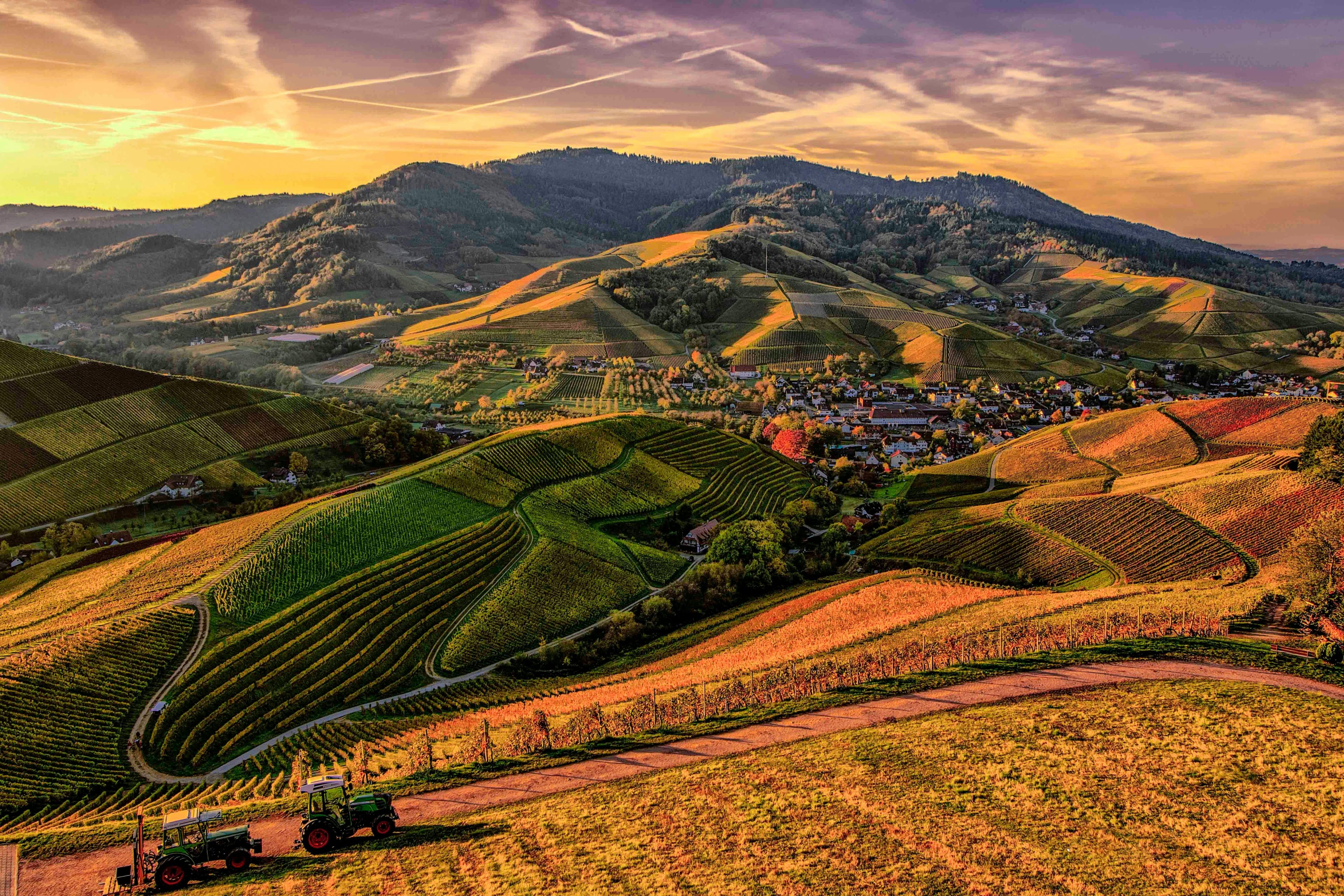Introduction
In the modern farming landscape, where efficiency, sustainability, and productivity are key, precision agriculture is emerging as a transformative solution. By leveraging advanced technologies like GPS, drones, sensors, and data analytics, precision farming enables farmers to optimize their operations, increase yields, and minimize resource waste. With the pressures of climate change, shrinking arable land, and a growing global population, the adoption of these technologies is crucial to the future of food production.
What is Precision Agriculture?
Precision agriculture (or precision farming) refers to the use of data-driven techniques to monitor and manage field variability in crops. The goal is to improve the efficiency of farming practices by applying inputs (like water, fertilizer, and pesticides) in precise amounts at the right times, tailored to the specific needs of different areas of a field.
Technologies that power precision agriculture include:
- GPS and Remote Sensing: Used for mapping fields, tracking equipment, and monitoring crop conditions.
- Soil Sensors: Measure moisture, temperature, and nutrient levels to make real-time adjustments.
- Drones and Aerial Imaging: Capture high-resolution images of fields, helping farmers detect early signs of pests, diseases, or nutrient deficiencies.
- Data Analytics and AI: Analyze vast amounts of field data to provide actionable insights and predictions.
Benefits of Precision Agriculture
- Increased Efficiency
Precision agriculture allows farmers to apply inputs like water, fertilizers, and pesticides in precise amounts, reducing waste and ensuring they are only used where needed. This efficiency translates to lower operational costs and higher profitability. - Better Resource Management
Water and soil health are critical to successful farming. Through precision irrigation systems, farmers can optimize water usage, saving valuable resources and reducing environmental impact. Sensors monitor soil conditions, providing data that allows for targeted fertilizer application, reducing excess use and runoff. - Enhanced Crop Health and Yield
By using drones and satellite imagery, farmers can monitor crop health from above and detect problems such as pest infestations, diseases, or nutrient deficiencies early. With this information, farmers can take corrective action before issues become widespread, improving yields and reducing losses. - Sustainability
Precision farming supports sustainable agriculture by reducing the overuse of chemicals and fertilizers, which can contaminate waterways and harm ecosystems. Additionally, the ability to manage resources more effectively helps reduce the carbon footprint of farming operations.
Technologies Behind Precision Agriculture
- GPS and Autonomous Equipment
GPS technology allows tractors and other equipment to be guided with high accuracy, ensuring uniformity in planting, irrigation, and harvesting. Autonomous machines can perform tasks like plowing or planting with minimal human intervention, improving efficiency and reducing labor costs. - Drones and Satellite Imagery
Drones equipped with multispectral sensors can capture detailed images of crop fields. These images are analyzed to detect issues such as water stress, pest damage, and nutrient imbalances. The ability to monitor large fields in real-time helps farmers make faster, more informed decisions. - Soil and Climate Sensors
Sensors placed in the soil track various parameters like moisture levels, temperature, and pH, providing real-time data on field conditions. This allows farmers to adjust irrigation schedules, monitor soil health, and tailor fertilization strategies to maximize crop growth. - Data Analytics and AI
With the help of machine learning algorithms, large datasets collected from various sensors and sources can be analyzed to predict outcomes and optimize farming decisions. For instance, AI can predict optimal planting times based on weather patterns or recommend crop rotations to improve soil health.
The Challenges of Implementing Precision Agriculture
While the benefits are clear, there are also challenges to widespread adoption:
- Initial Cost: The upfront investment in precision agriculture technology can be significant, especially for small-scale farmers. However, the long-term savings and increased efficiency can offset these costs.
- Data Management: The vast amount of data generated by sensors, drones, and satellites can be overwhelming. Farmers need proper training and tools to analyze this data effectively.
- Connectivity Issues: In rural areas, access to reliable internet and mobile networks may hinder the use of some precision farming technologies.
The Future of Precision Agriculture
As technology continues to advance, the future of precision agriculture looks promising. With improvements in AI, machine learning, and sensor technology, precision farming will become even more efficient and accessible. The increasing adoption of 5G networks will also enable faster data transmission, allowing for real-time decision-making and remote monitoring of farm operations.
Additionally, as climate change continues to impact weather patterns, precision agriculture will be crucial in adapting farming practices to more extreme conditions. The ability to make data-driven decisions will be essential for ensuring food security and sustainable farming practices in the face of a changing environment.
Conclusion
Precision agriculture is more than just a trend—it’s a necessary shift toward smarter, more sustainable farming practices. By leveraging cutting-edge technologies, farmers can optimize their operations, improve crop yields, and reduce their environmental impact. As technology continues to evolve, precision farming will be a cornerstone of future food production, ensuring that we can feed a growing global population while safeguarding the planet’s resources.
